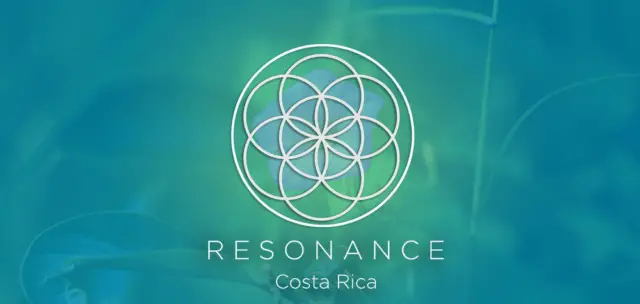Punta Leona’s portfolio of environmental projects consolidates the practice and concept of regenerative tourism, which seeks to leave a positive impact on the destinations visited, improving and revitalizing local ecosystems. It also seeks to promote interaction with communities through the consumption of local products.
According to El Viajero Feliz magazine, “this approach aims to restore the places visited, which means that when traveling, we not only care about not damaging the environment, but also leave a positive contribution. It is based on concrete projects such as land restoration, the promotion of regenerative agricultural practices, support for local economies, and education about environmental care.”
Punta Leona has positioned itself and become a popular destination for enjoying some of the most beautiful beaches in the Central Pacific. Furthermore, it is also one of the closest to the Greater Metropolitan Area, such as Playa Mantas and Playa Blanca. Additionally, the regenerative tourism offered by Punta Leona Beach Club & Nature Resort seeks to restore and revitalize natural environments, becoming a practice that positively impacts both the environment and the community that welcomes visitors.
In Tune with Nature
Punta Leona has been a benchmark and success story in the country thanks to initiatives such as the conservation of the Scarlet Macaw, the creation of a Protected Natural Area, the protection of the country’s only marine wetland supported by an Executive Decree, the development of a Butterfly Farm and an Aquaponic Nursery (a combination of aquaculture and hydroponics), the protection of reefs, the creation of a Coral Garden, and an Underwater Museum that is unique in Costa Rica and Central America. All of these actions helped Punta Leona earn the Ecological Blue Flag Program, the Health Quality Program, and the Sustainable Tourism Certificate.
For Boris Gordienko, President of the Punta Leona Board of Directors, environmental protection represents a valuable asset “that allows for an attractive environment for visitors and also promotes better living conditions for those who live in the surrounding areas.”
“Clearly, this is a win-win relationship that supports the protection of natural resources, but this policy also promotes sources of employment and income to attract tourism with a broad social meaning that improves quality of life,” Gordienko emphasized.
The Scarlet Macaw Conservation Program promotes the reproduction of these birds through the construction and placement of artificial nests, monitoring with video cameras, and reforestation with other related species. It also educates surrounding communities by printing a book distributed in more than 30 public schools about the natural history of the scarlet macaw and the importance of protecting it.
For its part, the Nuestra Reserva de Punta Leona Protected Natural Area is home to more than 30 species of mammals, hundreds of bird species, thousands of insects, and endangered forest species.
Of great national importance
This 14-hectare space is of great national importance because it is one of the few transitional forests between the dry tropical forests of the North Pacific and the rainy tropical forests of the South Pacific, a combination that provides unique biological diversity. The area has become a natural laboratory for national and international scientists, including the National University, the University of Costa Rica, the University of Texas, and James Madison University in Virginia, among others.
Furthermore, wastewater from the Sewage Treatment Plant is used to create an ecosystem where aquatic and terrestrial environments blend, providing refuge for plant and animal species. This space has attracted migratory birds, pichis, and new species to the area (such as the tiger heron), which are commonly observed in the Tárcoles mangroves.
The Butterfly Farm and Aquaponic Nursery promote butterfly conservation, environmental education, and the development of scientific research through hands-on experiences that seek to bring people closer to science and an understanding of the ecosystem. They serve as an educational model for tourists and the community regarding the benefits of a fully sustainable and organic agricultural model that can be replicated at the home level.
Reef Restoration enabled marine repopulation, increasing from 4 to 57 fish species in 3 years using bell-shaped systems that have boosted the regeneration of marine life in Playa Blanca and created a new tourist and scientific attraction in the area. Reefs provide shelter, food, and a breeding ground for various marine species. This project hopes to be implemented along the Gulf of Nicoya and build a biological corridor that supports ecology and fishing.
The Coral Gardening Project—under the guidance and supervision of the National Learning Institute and with the support of Mareblu—facilitated the growth of new coral reef colonies, which were then transplanted to currently degraded reefs. This project has enabled restoration through a participatory educational and recreational experience.
The creation of the only Underwater Museum in Central America, through a group of sculptures created by a local artist, seeks to raise awareness about the conservation of natural marine resources.
Currently, there are 9 sculptures—each 5 meters in diameter. length – which seek to attract visiting tourists to raise awareness about environmental conservation through underwater art.

